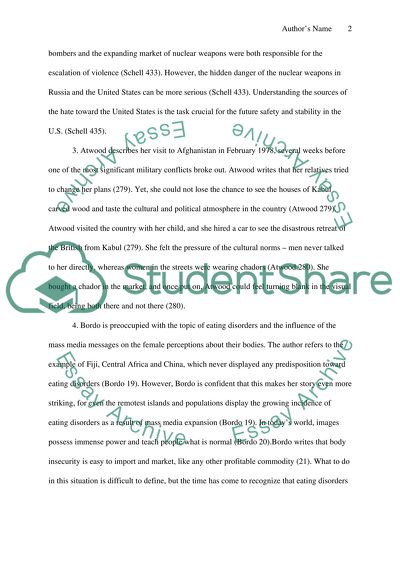Cite this document
(The Growing Population and Their Fight for Survival Assignment, n.d.)
The Growing Population and Their Fight for Survival Assignment. Retrieved from https://studentshare.org/social-science/1571850-essay
The Growing Population and Their Fight for Survival Assignment. Retrieved from https://studentshare.org/social-science/1571850-essay
(The Growing Population and Their Fight for Survival Assignment)
The Growing Population and Their Fight for Survival Assignment. https://studentshare.org/social-science/1571850-essay.
The Growing Population and Their Fight for Survival Assignment. https://studentshare.org/social-science/1571850-essay.
“The Growing Population and Their Fight for Survival Assignment”, n.d. https://studentshare.org/social-science/1571850-essay.


